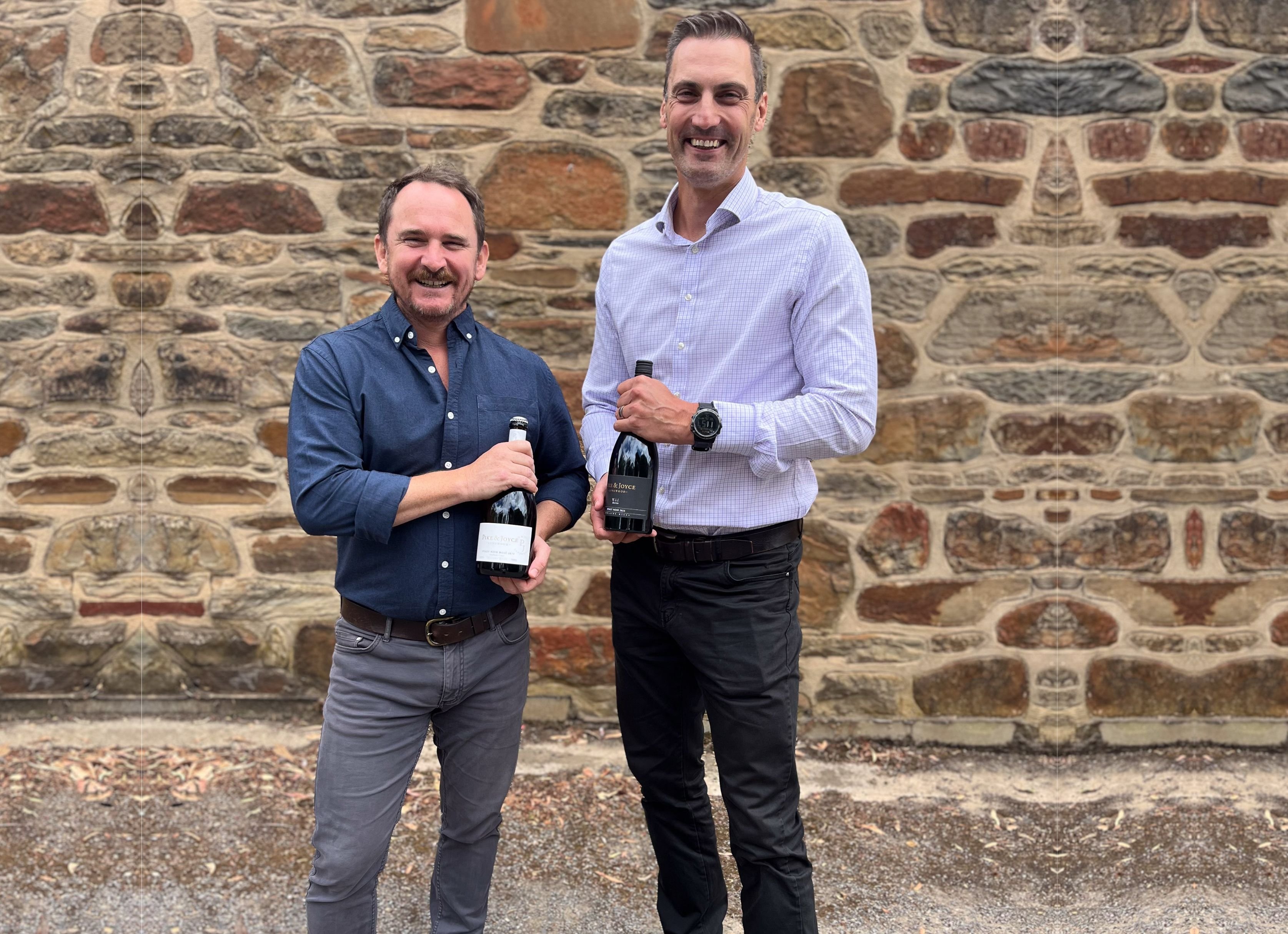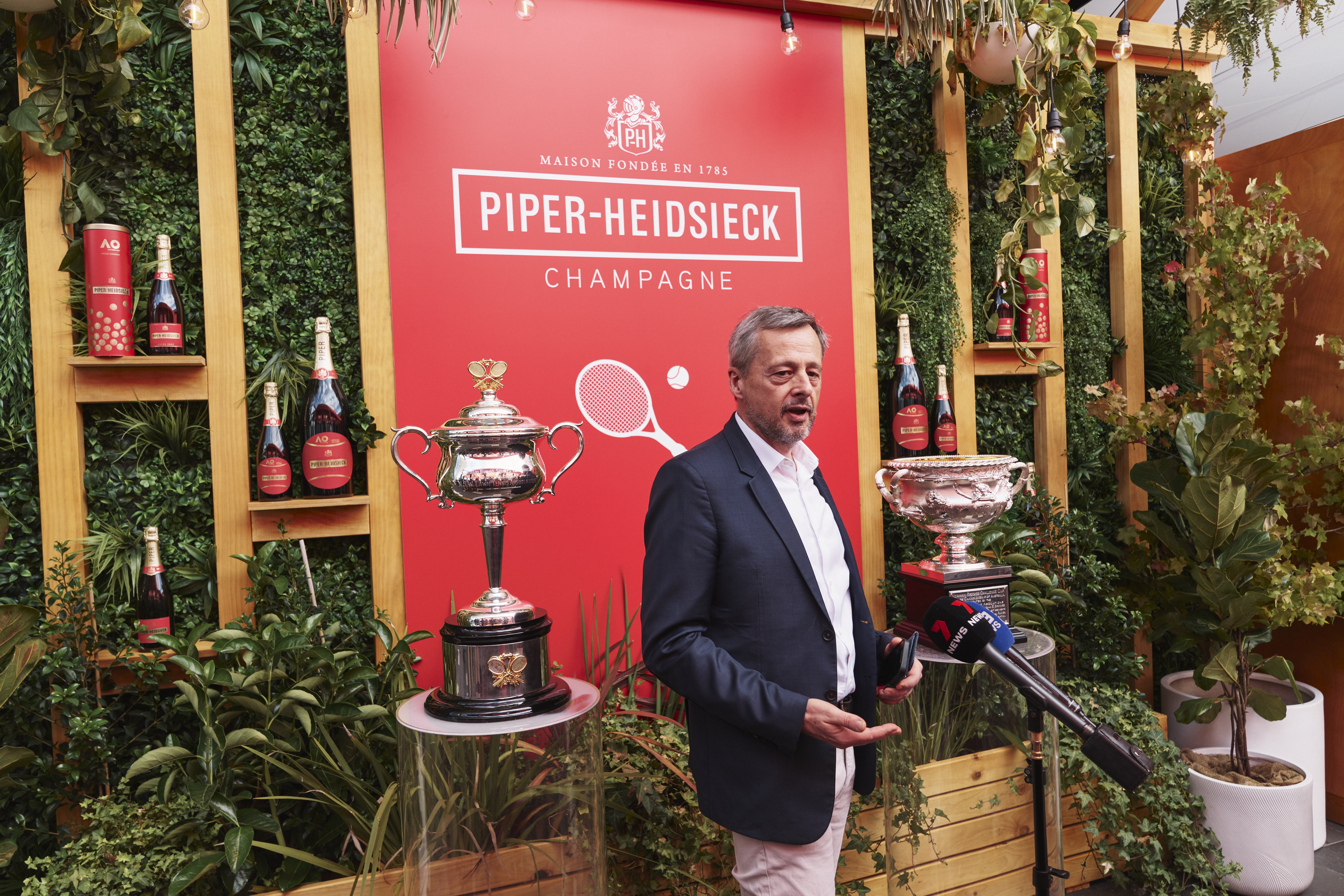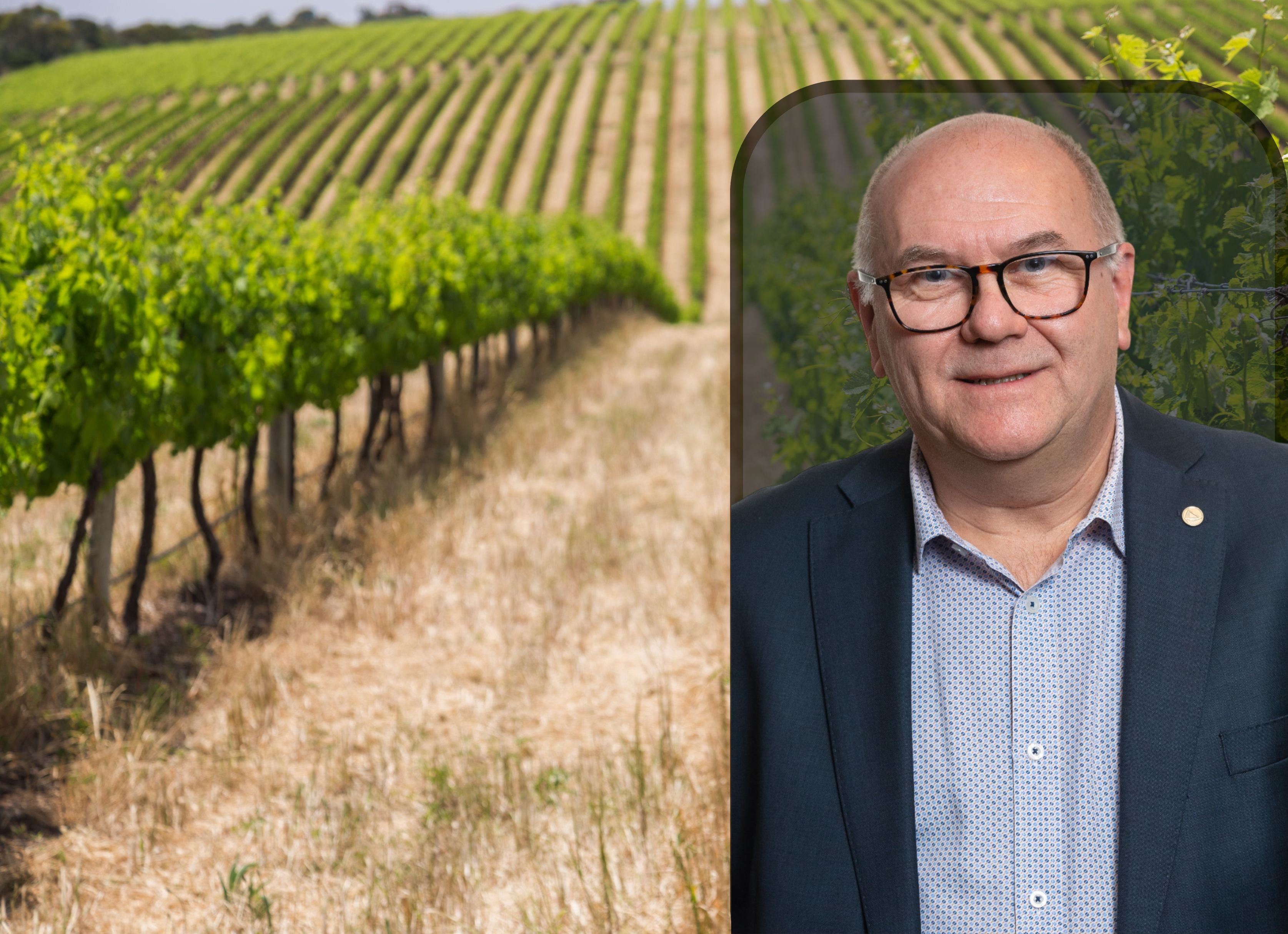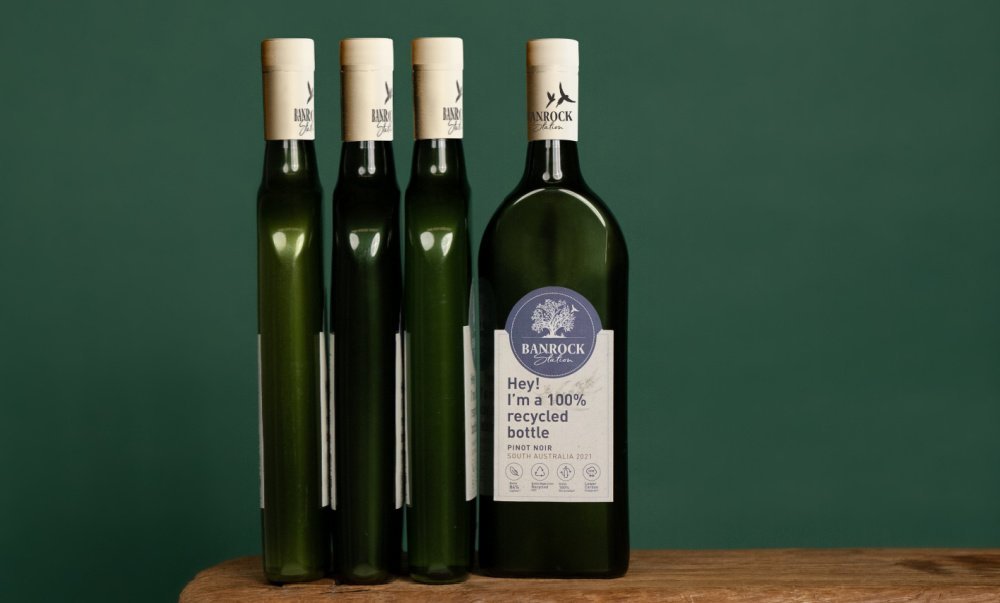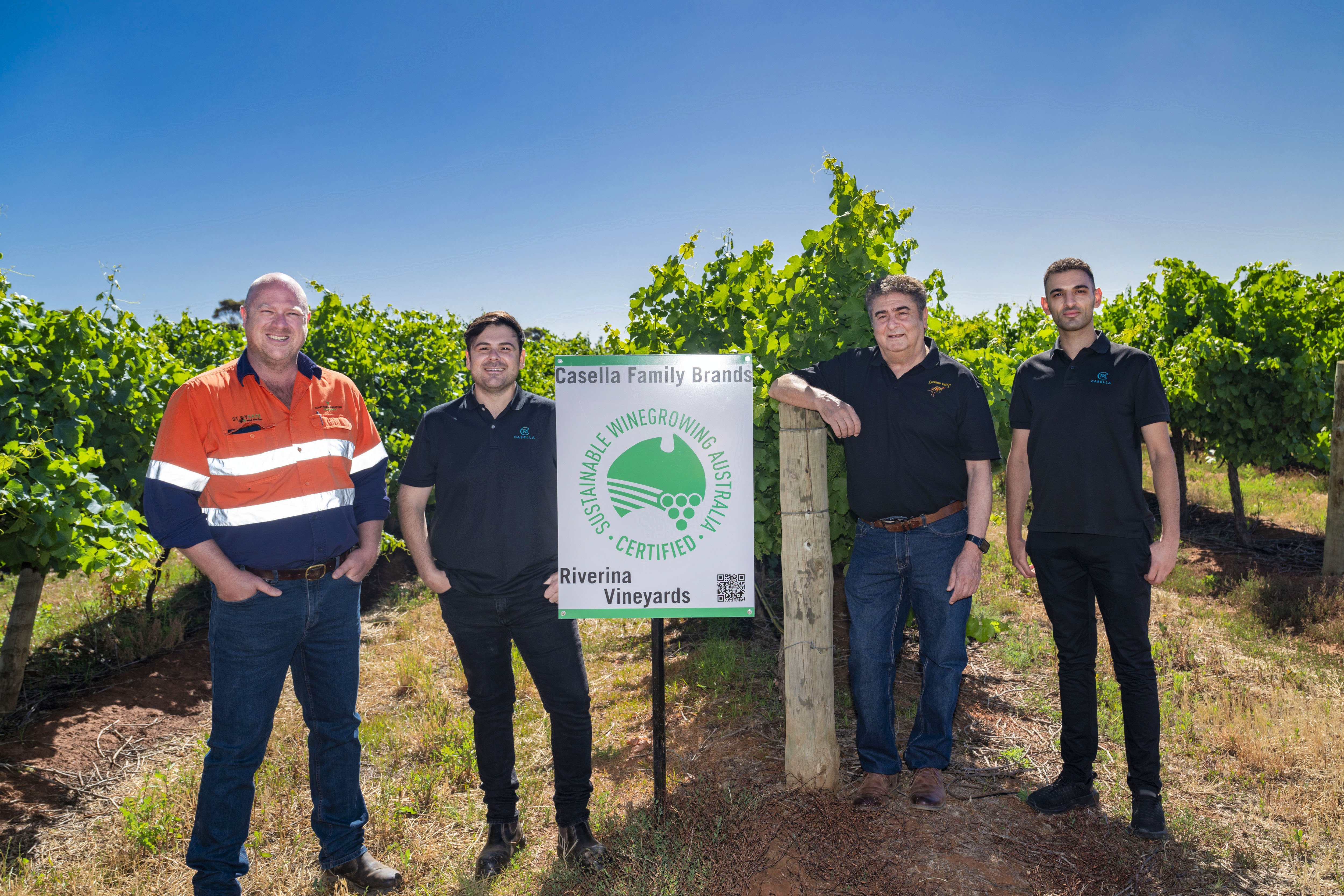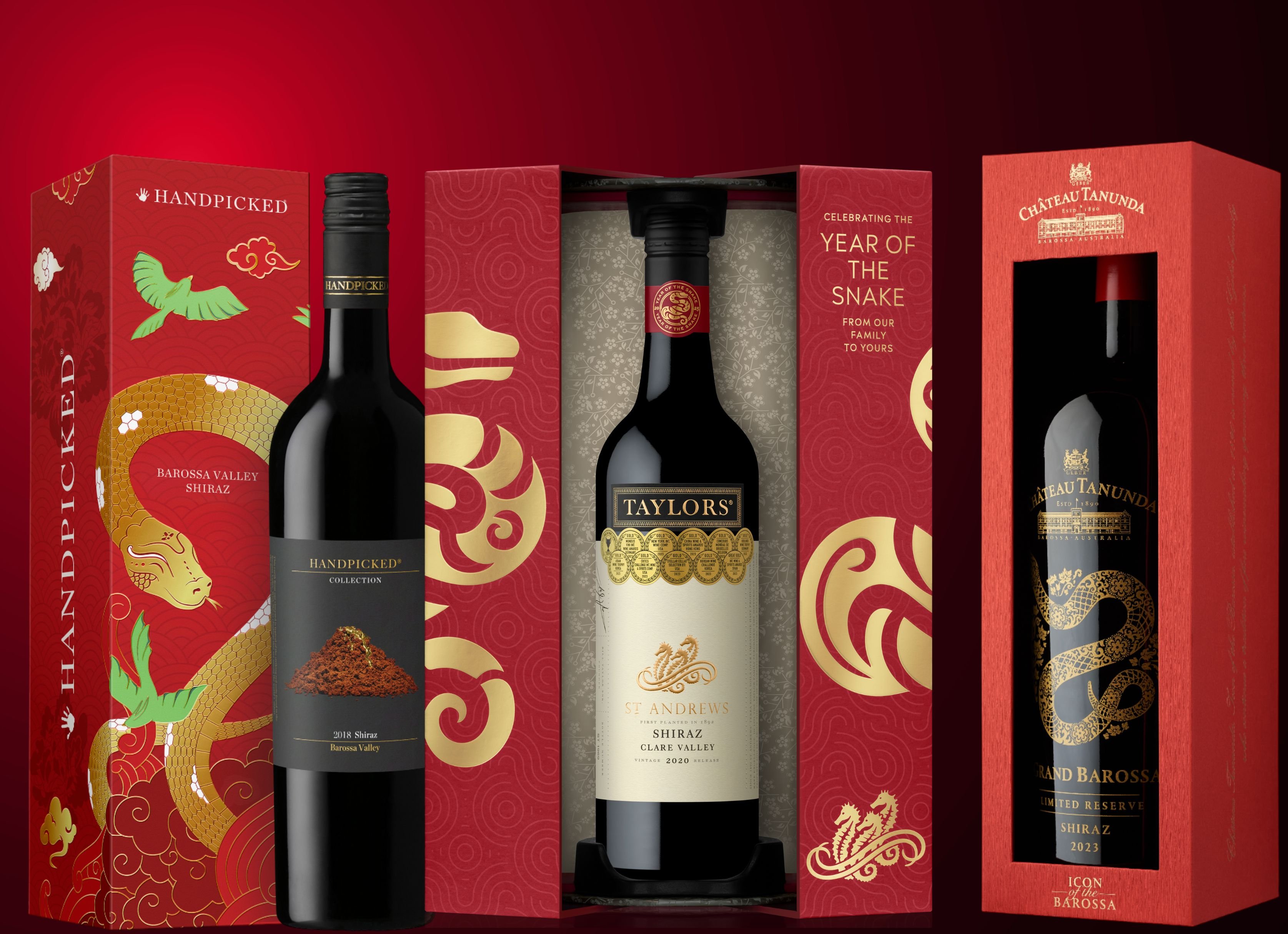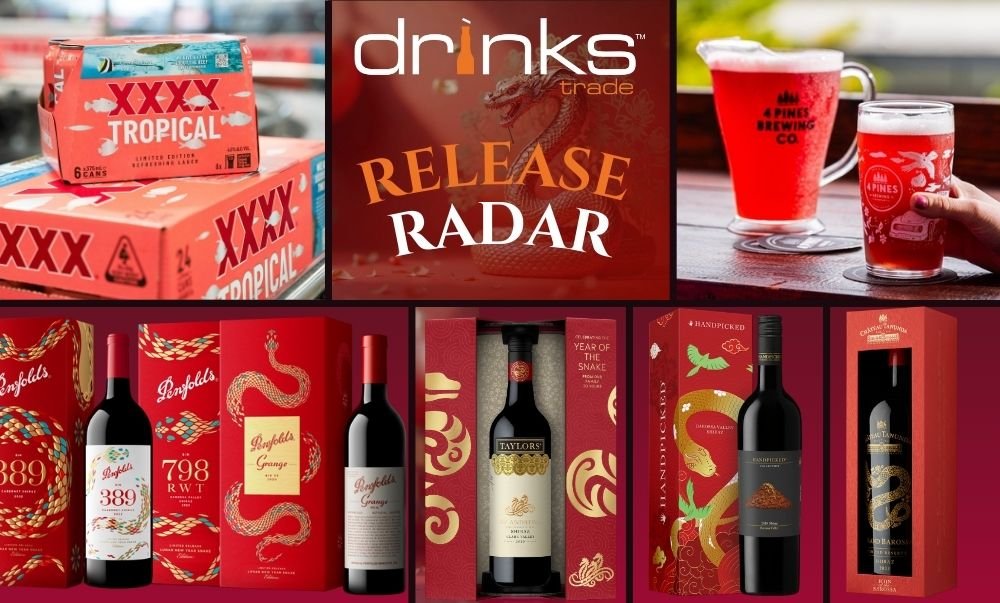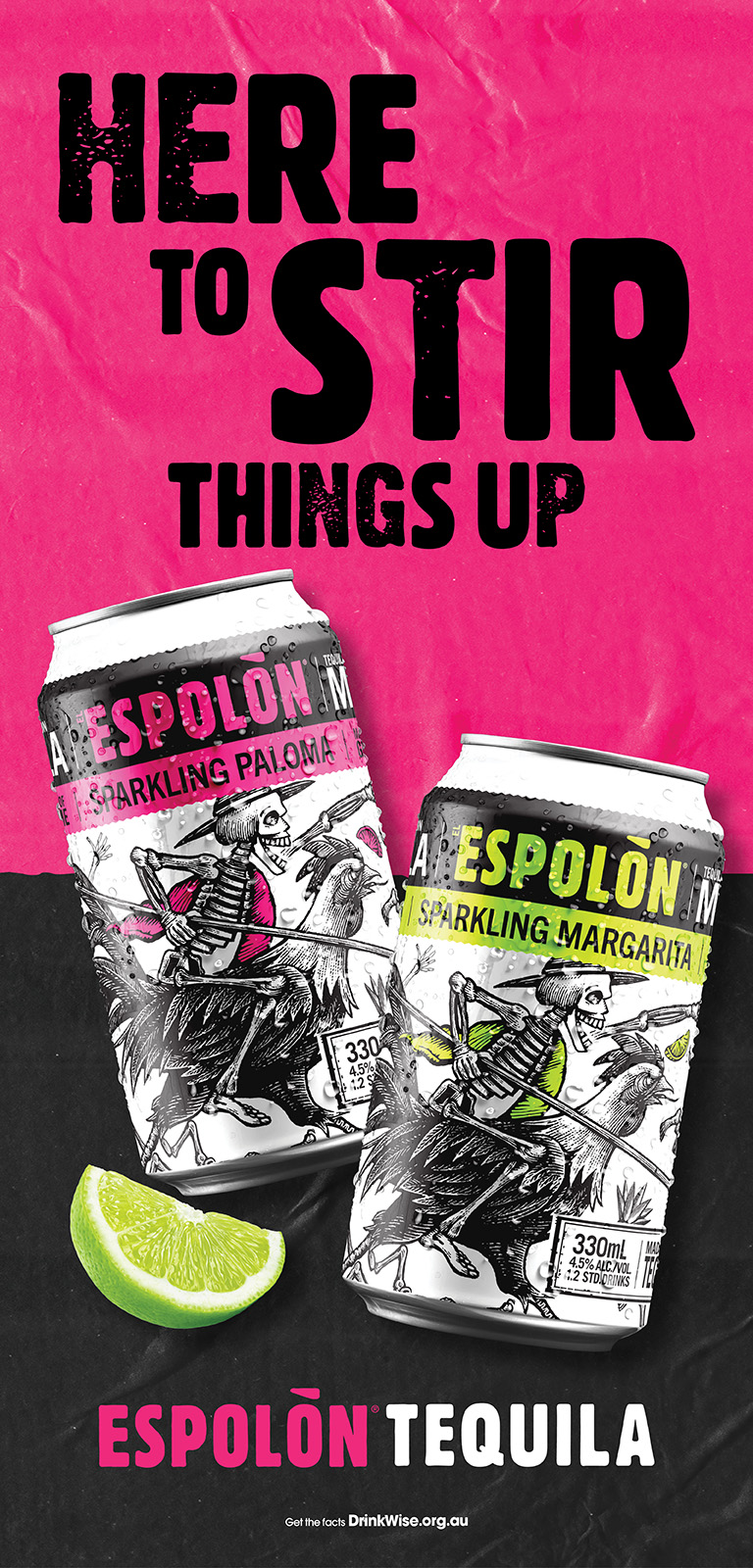It's shaping up to be a lean year for Pinot Noir & Riesling fans, with Wine Australia revealing the size of their 2020 crush was down 24% and 28% respectively, year on year.
The overall Australian wine grape crush in 2020 was down 12% year-on-year, as the industry battled extreme weather events.
Red varieties fared slightly better than white varieties in 2020, being down by 11% compared with 2019, while white varieties were down by 13%. Australia’s largest variety, Shiraz, decreased by 10% to 376,000 tonnes and increased its share of the total crush to 25%. Other red varieties to do relatively well were Durif and Ruby Cabernet (up by 9% and 8% respectively) while the biggest declines were for Pinot Noir (down 24%) and Merlot (down 20%).
The main contributor to the reduction in the white crush was Chardonnay, which was down 19% to 285,000 tonnes, while Riesling had the biggest decrease in percentage terms, down 28% to a 20-year low of just under 17,000 tonnes. Prosecco increased slightly, against the general trend, and moved up to ninth place in the top 10 white varieties.
Crush down, but quality up
The National Vintage Report 2020 shows the 2020 vintage resulted in 1.52 million tonnes – the equivalent of more than billion litres of wine - being produced.
The 2020 crush was 13% below the 10-year average of 1.75 million tonnes. It was the smallest crop since 2007, but was most similar in terms of yield to 2010 – a year of exceptional wines – when the crush was 1.61 million tonnes, but the vineyard area then was about 4% higher than the current area.
Wine Australia Chief Executive Officer Andreas Clark said while the crop was down, wine quality was expected to be high. Autumn temperatures were generally around average or slightly cooler, leading to ideal ripening and harvesting conditions, and the reduced yields have resulted in more concentrated colours and flavours in the berries.
"This vintage will enable us to continue to meet our targets of value growth in premium wine market segments, although the constrained supply will restrict overall volume growth in the next 12 to 24 months," Clarke said.
Continuing strong demand for Australian wine is reflected in the 5% increase in the average value of grapes, which has increased by a compound average of 5% per year for the past six years.
The total value of the wine grape crush is estimated to be $1.07 billion, with an average value of $694 per tonne compared with $663 in 2019.
A smaller crop was widely anticipated given a number of seasonal factors. However, the diversity of winegrowing regions and the ability of Australian grapegrowers to manage seasonal variations and weather events moderated the impact on the vintage.
The three large inland regions: Riverland (South Australia), Murray Darling–Swan Hill (Victoria/NSW) and Riverina (NSW), which make up around three-quarters of the crush, were less affected than other regions due primarily to the availability of supplementary water. Together these regions were down by 4% compared with 2019, while the remaining regions were down collectively by 34%, with a wide range of individual variation.
Clark said that the wine sector had made significant investments in research and development, leading to improved vineyard management techniques and water use efficiency since the last drought.
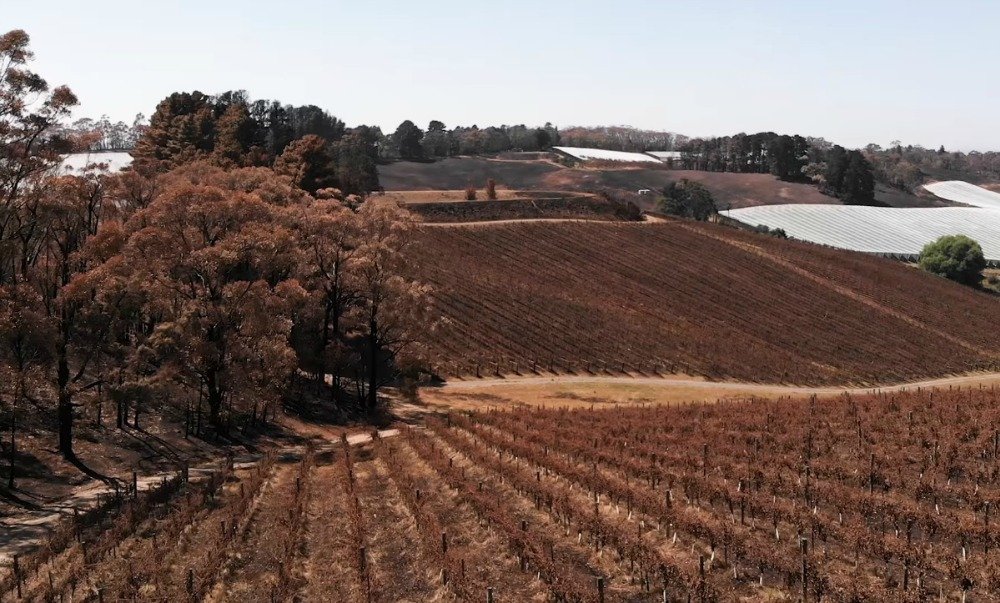
Clark added that crop losses due to fire and/or smoke damage were reported in around one-quarter of Australia’s winegrowing regions; however, the overall reduction due to direct damage or smoke effects was estimated to be less than 40,000 tonnes, or 3% of the total crush.
The survey
The National Vintage Report is based on a survey of winemakers conducted in May–June each year. In 2020, responses were received from over 500 businesses, including all wineries known to crush over 10,000 tonnes, and in total are estimated to account for 90.5% of all Australian winegrapes crushed in 2020.
The full report can be downloaded from Wine Australia's website at: https://www.wineaustralia.com/market-insights/national-vintage-report
Pictured main: Riedel Pinot Noir glasses.
Share the content

